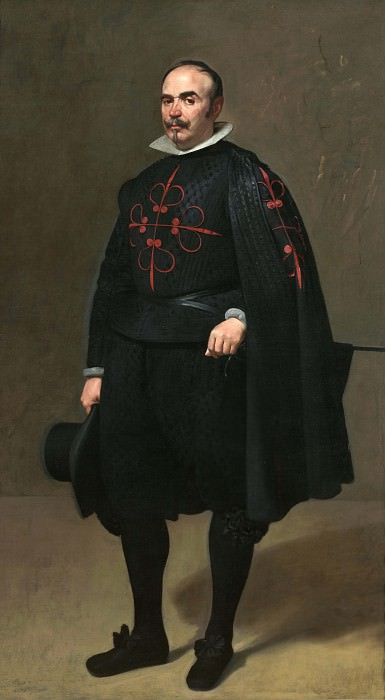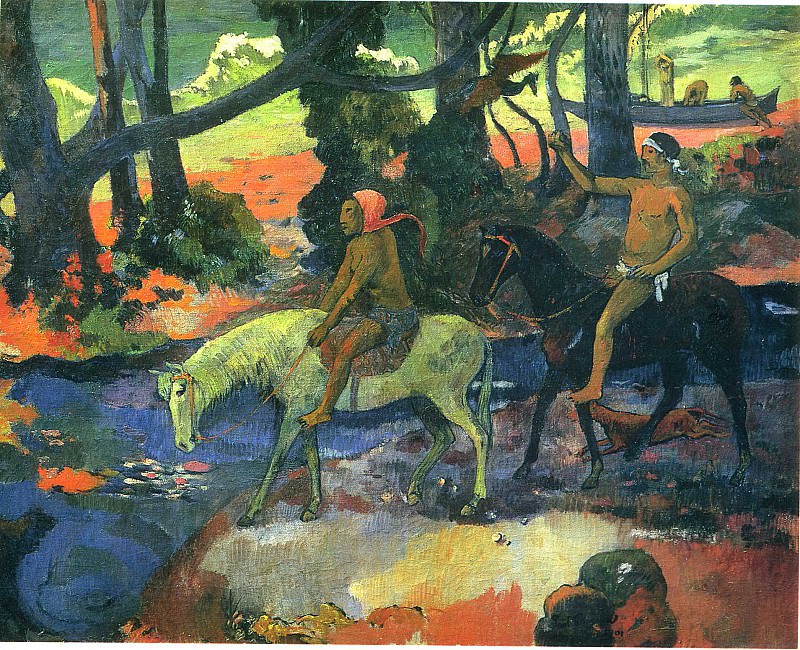Giorgio Vasari: The Architect of Art History
Giorgio Vasari is a name that resonates deeply in the annals of art history. Born in Arezzo, Italy, in 1511, Vasari was more than just a painter; he was a polymath whose contributions extended to architecture, writing, and art criticism. His work as an artist is often overshadowed by his monumental achievement, "Lives of the Most Excellent Painters, Sculptors, and Architects," a collection of biographies that laid the foundation for the study of art history. However, to understand Vasari solely through his writings would be to overlook the profound impact he had on the visual arts of his time.
The Artistic Style of Giorgio Vasari
Vasari’s artistic style is often classified within the Mannerist movement, a style that emerged after the High Renaissance and before the Baroque era. Mannerism is characterized by elongated figures, exaggerated poses, and a departure from the balanced compositions that defined the works of artists like Leonardo da Vinci and Raphael. Vasari’s paintings, while not as celebrated as those of his contemporaries, exemplify the Mannerist approach with their complex compositions and dynamic use of color.
In his frescoes, one can observe a masterful use of perspective and a keen attention to detail, elements that were crucial in the Mannerist repertoire. His works often feature crowded compositions with figures that appear to be in a state of perpetual motion, reflecting the turbulent times during which he lived. Vasari’s use of color, particularly his preference for cooler tones, further enhances the dramatic effect of his compositions.
Vasari’s Major Works: A Closer Look
One of Vasari’s most significant contributions to art is the frescoes in the Palazzo Vecchio in Florence. These works, commissioned by Duke Cosimo I de' Medici, depict scenes of Florentine history and are a testament to Vasari’s skill as both a painter and an architect. The frescoes are characterized by their grandeur and intricate detail, with each scene meticulously planned to convey a sense of power and majesty. The use of architectural elements within the paintings creates a seamless blend of art and architecture, a hallmark of Vasari’s style.
Another notable work by Vasari is the fresco cycle in the Cupola of the Florence Cathedral, which he began in 1572. This ambitious project, which depicts the Last Judgment, showcases Vasari’s ability to work on a grand scale. The figures in the fresco are larger than life, their poses dramatic and expressive, capturing the viewer’s attention and conveying a sense of divine judgment. Although the frescoes were completed by Federico Zuccari after Vasari’s death, the overall design and execution bear the unmistakable mark of Vasari’s artistic vision.
Giorgio Vasari as an Architect
In addition to his work as a painter, Vasari was also a skilled architect. His architectural style was heavily influenced by the classical traditions of the Renaissance, but he also incorporated elements of Mannerism into his designs. One of his most famous architectural works is the Vasari Corridor, an elevated walkway that connects the Palazzo Vecchio to the Palazzo Pitti in Florence. This structure was designed to allow the Medici family to move between their residences without having to walk through the streets, reflecting both Vasari’s ingenuity and his close relationship with the Medici.
Vasari’s architectural designs often feature a sense of grandeur and monumentality, with a strong emphasis on symmetry and proportion. His use of classical elements, such as columns and pilasters, is tempered by his Mannerist tendencies, which can be seen in the exaggerated forms and unconventional layouts of his buildings. Vasari’s work as an architect was highly regarded in his time, and he played a significant role in shaping the architectural landscape of Florence.
The Legacy of Giorgio Vasari
While Vasari is perhaps best known for his writings, his contributions to the visual arts should not be underestimated. His paintings and frescoes, while not as widely celebrated as those of some of his contemporaries, are important examples of Mannerist art and offer valuable insights into the artistic practices of the time. Vasari’s ability to blend art and architecture, his innovative use of perspective, and his dynamic compositions all demonstrate his skill and creativity as an artist.
Moreover, Vasari’s work as an architect left a lasting impact on the city of Florence, with structures like the Vasari Corridor and the Uffizi Gallery standing as testaments to his talent. His influence extended beyond his own work, as he was also a mentor to younger artists and played a key role in the development of the Florentine artistic tradition.
Conclusion
Giorgio Vasari’s contributions to art are multifaceted and enduring. As a painter, his work reflects the complexities of the Mannerist movement, with its emphasis on drama, tension, and elegance. As an architect, Vasari helped shape the physical and cultural landscape of Florence, leaving behind a legacy that continues to be celebrated today. His art, like his writings, offers a window into the world of the Renaissance, capturing the spirit of an era that was defined by innovation, creativity, and a deep appreciation for the beauty of the human form. Through his work, Vasari not only chronicled the lives of the great artists of his time but also secured his place among them as a master of his craft.




